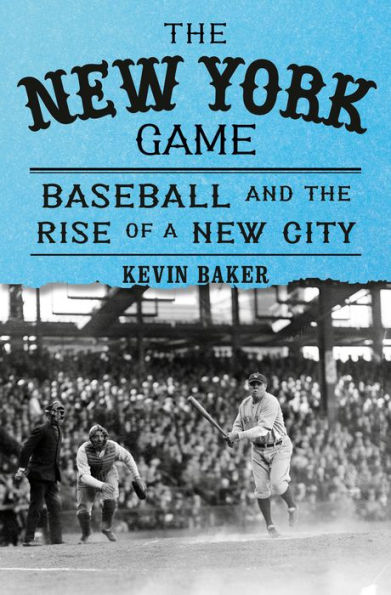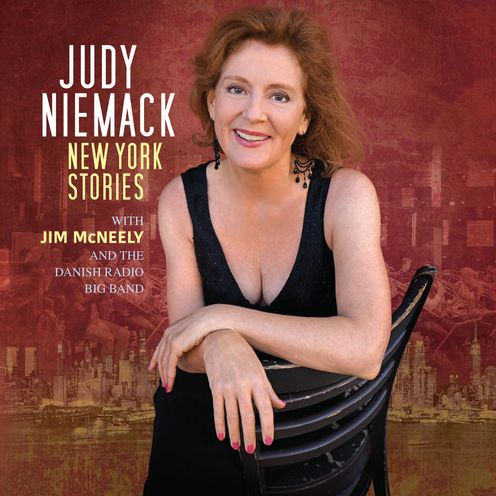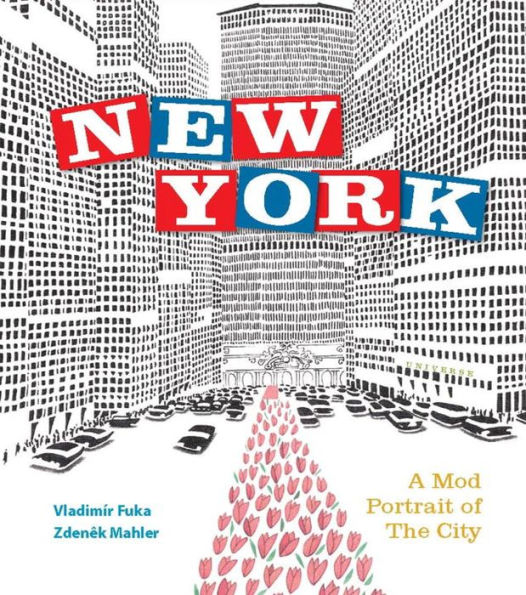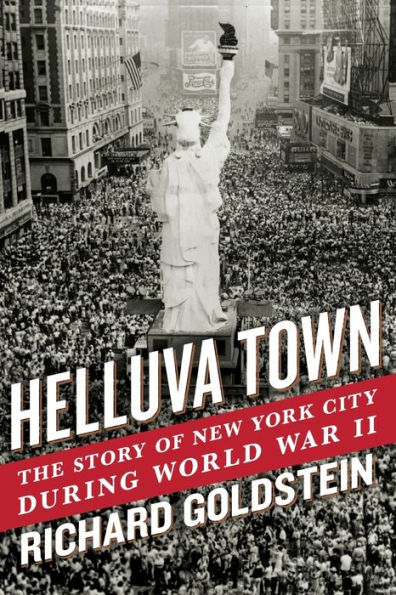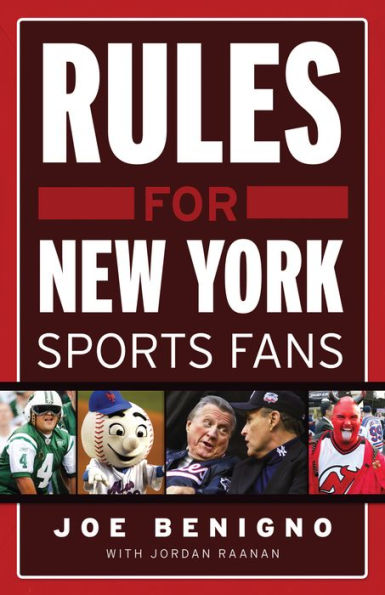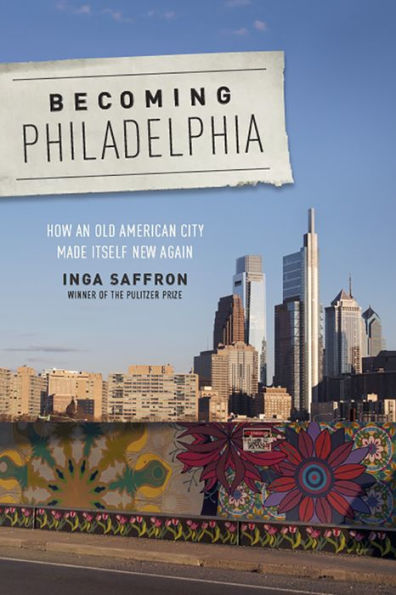Home
Fun City: John Lindsay, Joe Namath, and How Sports Saved New York the 1960s
Loading Inventory...
Barnes and Noble
Fun City: John Lindsay, Joe Namath, and How Sports Saved New York the 1960s
Current price: $24.99


Barnes and Noble
Fun City: John Lindsay, Joe Namath, and How Sports Saved New York the 1960s
Current price: $24.99
Loading Inventory...
Size: Hardcover
*Product Information may vary - to confirm product availability, pricing, and additional information please contact Barnes and Noble
On January 1, 1966, New York came to a standstill as the city’s transit workers went on strike. This was the first day on the job for Mayor John Lindsay—a handsome, young former congressman with presidential aspirations—and he would approach the issue with an unconventional outlook that would be his hallmark. He ignored the cold and walked four miles, famously declaring, “I still think it is a fun city.”
As profound social, racial, and cultural change sank the city into repeated crises, critics lampooned Lindsay’s “fun city.” Yet for all the hard times the city endured during and after his tenure as mayor, there was indeed fun to be had. Against this backdrop, too, the sporting scene saw tremendous upheaval.
On one hand, the venerable Yankees—who had won 15 pennants in an 18-year span before 1965—and the NFL’s powerhouse Giants suddenly went into a level of decline neither had known for generations, as stars like Mickey Mantle and Whitey Ford on the diamond and Y.A. Tittle on the gridiron aged quickly. But on the other, the fall of the city’s sports behemoths was accompanied by the rise of anti-establishment outsiders—there were Joe Namath and the Jets, as well as the shocking triumph of the Amazin’ Mets, who won the 1969 World Series after spending the franchise’s first eight seasons in the cellar. Meanwhile, the city’s two overlooked franchises, the Knicks and Rangers, also had breakthroughs, bringing new life to Madison Square Garden.
The overlap of these two worlds in the 1960s—Lindsay’s politics and the reemerging sports landscape—serves as the backbone of
. In the vein of
, the book tells the story of a remarkable and thrilling time in New York sports against the backdrop of a remarkable and often difficult time for the city, culturally and socially.
The late sixties was an era in which New York toughened up in a lot of ways; it also was an era in which a changing of the guard among New York pro teams led the way in making it a truly fun city.
